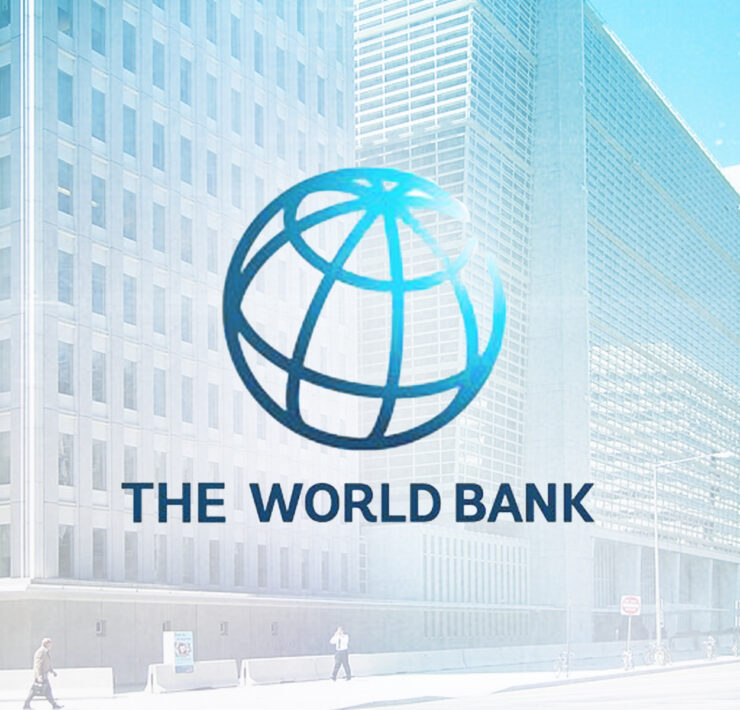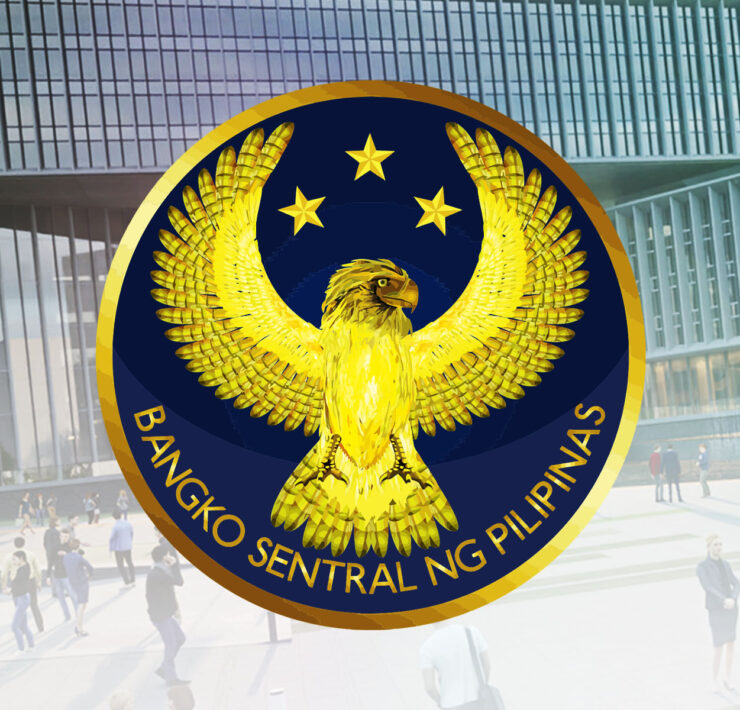Peso claws way back to 58 vs $1

The Philippine peso eased back to the 58:$1 level, closing on Wednesday at 58.69 against the greenback after trading at as weak as 59.26.
The local currency firmed up after reaching a new record low of 59.13 on Tuesday.
Following that, Radhika Rao, senior economist at Singapore-based DBS, said in a research note that the peso bucked the regional trend amid signs of restrained intervention by the central bank.
Rao noted that the Bangko Sentral ng Pilipinas (BSP) maintained that the peso’s trading value continues to be determined by market forces, “signaling they might not act strongly to arrest the peso’s move.”
“[The peso joined] the year-to-date regional underperformers, helping to partly offset the impact of tariffs,” Rao said.
“This was balanced by expectations that the currency would stand to benefit from structural tailwinds of remittances, services trade, low inflation, and ongoing reforms in the medium-term,” she added.
Federal Reserve
According to DBS, the US dollar was soft ahead of a potential dovish tilt at the meeting of the policy-setting body of the US Federal Reserve.
In a separate commentary, the Bank of the Philippine Islands (BPI) said that with inflation at manageable levels, the BSP might see the recent depreciation as tolerable.
The peso’s depreciation “might not be a concern from their perspective as long as the inflation forecast for the next two years remains within the target,” said Jun Neri, lead economist at BPI.
“Also, allowing the Peso to weaken might be a strategic move for them since a weaker peso could support growth and household spending through its impact on remittances,” Neri said.
He added that recent statements from central bank officials indicate that supporting growth is a greater priority in the near term.
“However, technical indicators suggest the peso might be in oversold territory, which means a correction or a sideways movement is possible,” Neri said.
Meanwhile, the Netherlands-based ING said that there was no sufficient data yet for hints of the US dollar’s direction.
ING’s Chris Turner said the markets are awaiting the release of jobs data as well as the results of the latest consumer confidence survey in the US and data on the house price index.





















